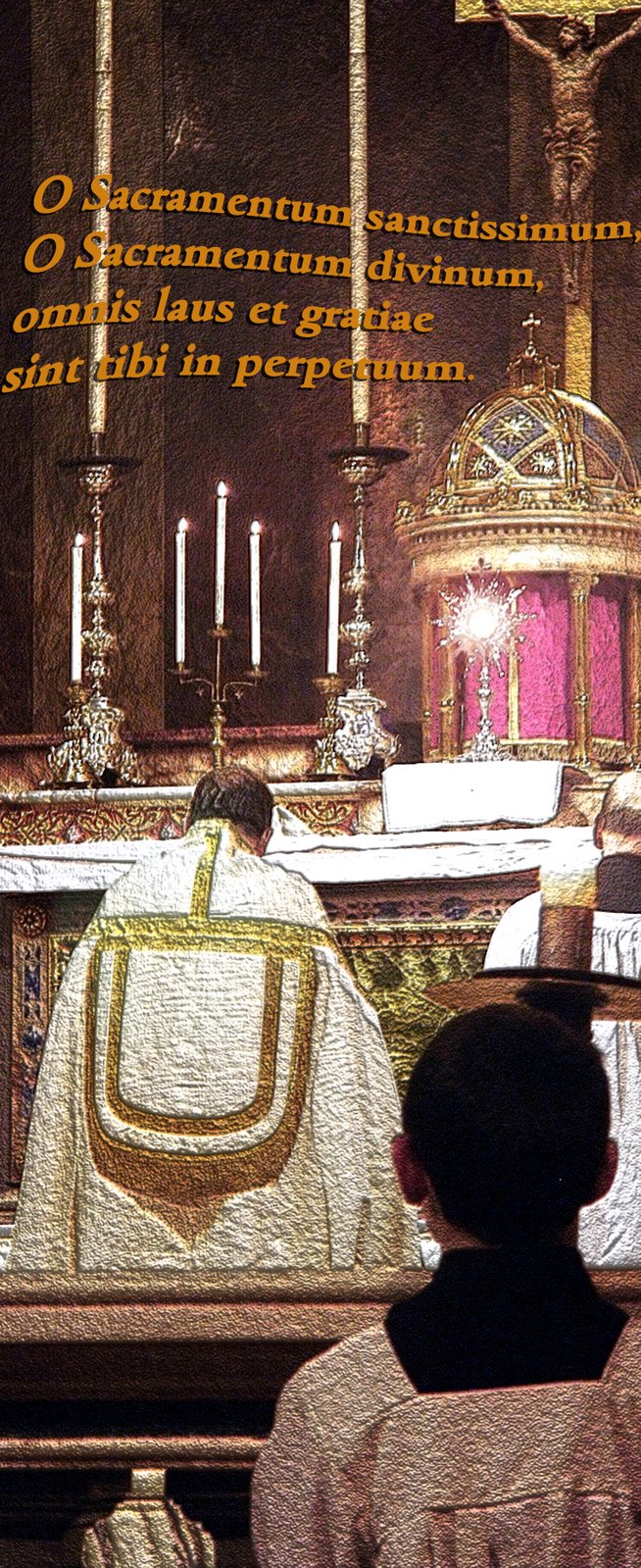In her story, Wendy describes how her decision to persevere with breastfeeding through the difficulties and return to exclusive breastfeeding has been a great and rewarding triumph.
 I write this as a very happy, breastfeeding mummy. In line with my upbringing, I always knew I would breastfeed, and even dreamt how wonderful it would be, but never imagined the difficulties which awaited me. Luckily, during pregnancy I read La Leche League’s book The Womanly Art of Breastfeeding, so I had an excellent reference in difficult times, and incentive to continue amidst the trials that were to follow.
I write this as a very happy, breastfeeding mummy. In line with my upbringing, I always knew I would breastfeed, and even dreamt how wonderful it would be, but never imagined the difficulties which awaited me. Luckily, during pregnancy I read La Leche League’s book The Womanly Art of Breastfeeding, so I had an excellent reference in difficult times, and incentive to continue amidst the trials that were to follow.Madeleine was born on the 25th January 2007, after being induced due to pre-eclampsia. Further complications meant surgery when my placenta didn’t deliver, so I wasn’t able to establish breastfeeding within the first hour after birth (as is recommended). Breastfeeding was very sore to begin with, and not quite the natural and instinctive process I had imagined. Before long my nipples became cracked and sore. The milk supply was also a problem due to factors such as being induced, and anaemia. I also suffered from a rare complication of spinal anaesthesia: a mind-numbing headache, which made sitting up to feed Maddy nigh on impossible! The final straw was when Maddy was crying continuously off the breast, was losing too much weight (more than 10%) and leaving me feeling disillusioned and stressed with breastfeeding. We decided we were going to have to use formula, which involved a shopping trip at 2am (don’t ask!)
Fortunately, the health visitor informed us the next morning that we could use formula as a top-up to breastfeeding, as Maddy required it, but to persevere with the breast. We realised that supplementing Maddy with formula milk in a beaker or bottle as a temporary measure did not have to mean excluding breastfeeding. Over the following weeks I began attending a breastfeeding support group in Kings Heath, run by very nice health workers. They showed me the correct techniques to use, and advised me about expressing breast-milk when it was too painful to feed, and the use of nipple cream containing Lanolin.
On difficult days Maddy would have three top ups throughout the day (of 90mls each), but gradually we reduced it down to just one in the evening (when Maddy had been breastfeeding for several hours, and was still hungry)! After roughly a month of mixed feeding, I decided to try hard to stop using the formula altogether. After four days without it, she had put on more weight that week than ever before (10oz) which thrilled us to bits!
 Breastfeeding from this point on gradually became easier as my nipples were less and less sore. Thanks to being brought up to value the principle of breastfeeding a great deal, and with the help of supportive health workers, a wonderful husband (who supported me whatever I decided), and a perfect little girl who just loved breastfeeding, we got there in the end! A constant source of encouragement for us was the founding image of La Leche League: Our Lady, the Blessed Virgin Mary, tenderly breastfeeding the Baby Jesus in her arms in the perfect expression of motherly love. Our prayers would often be directed to Nuestra Señora de la Leche y Buen Parto (“Our Lady of happy childbirth and plentiful milk”), deriving wonderful comfort.*
Breastfeeding from this point on gradually became easier as my nipples were less and less sore. Thanks to being brought up to value the principle of breastfeeding a great deal, and with the help of supportive health workers, a wonderful husband (who supported me whatever I decided), and a perfect little girl who just loved breastfeeding, we got there in the end! A constant source of encouragement for us was the founding image of La Leche League: Our Lady, the Blessed Virgin Mary, tenderly breastfeeding the Baby Jesus in her arms in the perfect expression of motherly love. Our prayers would often be directed to Nuestra Señora de la Leche y Buen Parto (“Our Lady of happy childbirth and plentiful milk”), deriving wonderful comfort.*Breastfeeding is now such a joy for us. During the night when Maddy stirs in her bed-side cot, I can pull her towards me and hold her tenderly, as she latches onto me all by herself, obtaining a perfect security and attachment from this instinctive act. It makes bleeding and cracked nipples seem like a distant memory! In conclusion, I cannot say how pleased I am, with the decision to persevere in the midst of the hardest and most painful moments of breastfeeding. If I had given up at these times I would be left with a bitter impression of what has now become an awesome mothering experience.
Published in LLLGB News - January/February 2008 (No. 163)
© La Leche League Great Britain
*Using the word "breastfeeding" in our organisation's name was not acceptable half a century ago in the US and this led in 1956 to the Founders choosing 'la leche' (the milk) from an inscription on a shrine dedicated to the Mother of Christ. None the less, LLL chose to be a non sectarian organisation from the start. The name's lofty origin reflected the importance the Founding Mothers attached to the work they were undertaking.















